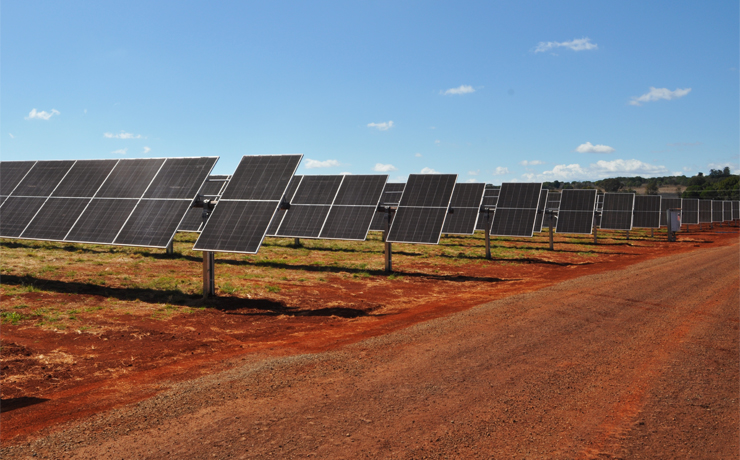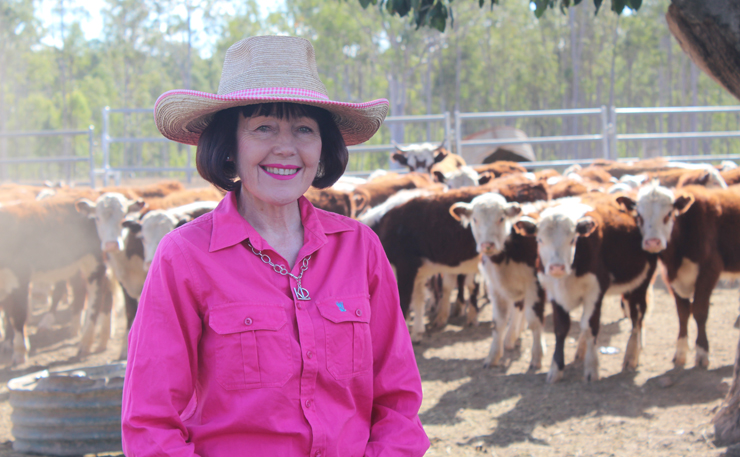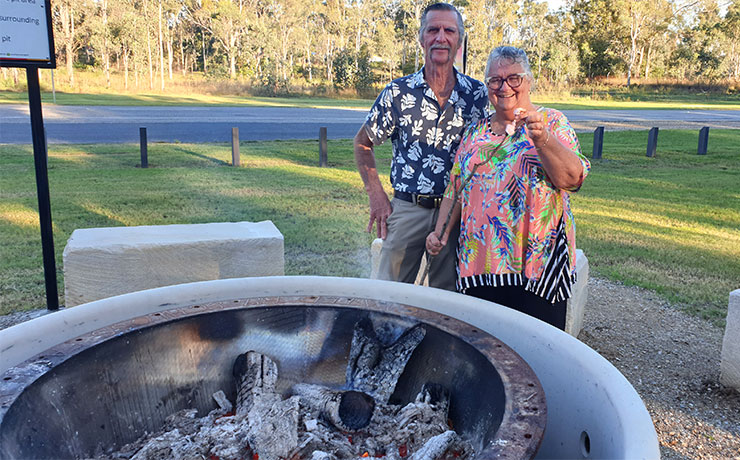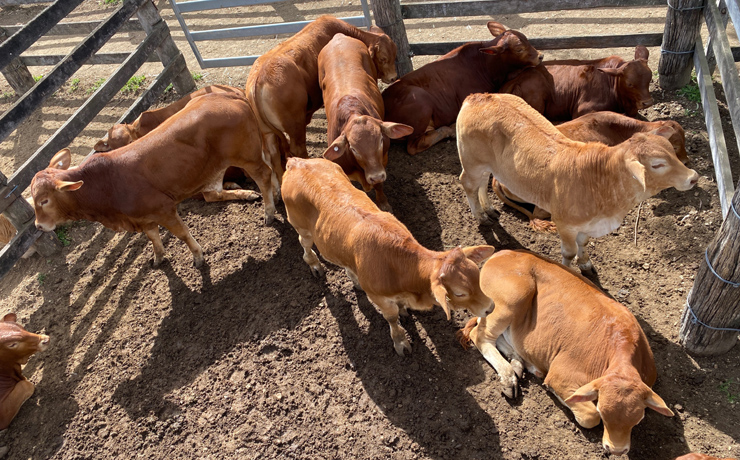
(Photo: USQ)
April 1, 2022
A $1.8m project involving the University of Southern Queensland and Queensland Farmers’ Federation aims to offer access to crop insurance so farmers can take better informed risks.
The Drought Resilience Innovation Grants project is being funded through the Federal Government’s Future Drought Fund.
It plans to transform how insurance and optimal crop management can be used to reduce financial risk for farmers and improve income stability.
Prof Shabaz Mushtaq, from USQ’s Centre for Applied Climate Science, said it was common farmers to plant earlier or later in the season in an attempt to reduce the risk of frost, for example.
However, planting late can expose crops to more severe heat and drought events later in the growing season. Planting early avoided heat stress but exposed crops to frost.
“This makes sense however while those strategies might reduce weather impacts it does compromise yield and income because they’re not planting at the best time for their particular crop,” Prof Mushtaq said.
“Ideally, the farmer needs to plant in that optimal window and they’re more likely to do that if the risk of doing so is covered by insurance.
“Through this process we want to explore optimal strategies and identify those key risks to better inform the grower so they can strategically use insurance to get higher yields and high income outcomes.
“Ultimately, we want farmers to use insurance as a risk management strategy through offering credible research to show them how it can be done.”
Prof Mushtaq said by developing affordable insurance projects and an industry discretionary mutual fund as a cost-effective channel for wider distribution and adoption, the project would grow the self-reliance and performance of the agricultural sector.
“There’s also the case that this strengthens the wellbeing and social resilience of rural, regional and remote agricultural dependent communities, too,” he said.
“For example, if insurance money was triggered within the week post a disaster event (flood, drought, or heatwave), this will help growers to get back to their feet quickly. This then can have an immediate positive impact on the communities connected to the farms affected.
“By reducing farmer risk and creating viable insurance options that shift the burden from the public sector to the insurance sector, there’s also the likely outcome of reducing public costs of drought and flood assistance.”

























